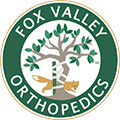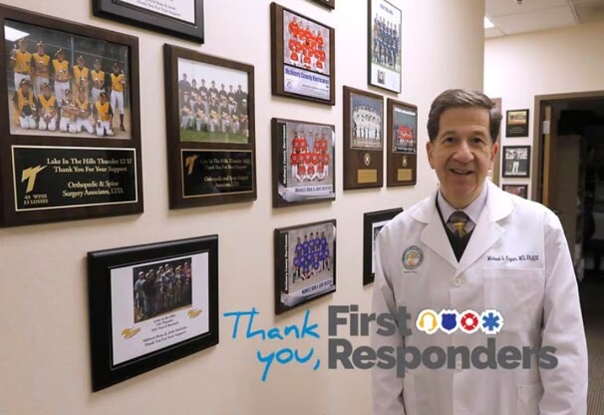Shoulder Impingement Syndrome
- Category: General
- Posted On:
- Written By: Kevan E. Ketterling, MD

The shoulder joint is commonly a problem in athletes. Overhead sports in particular may lead to overuse injuries, such as impingement syndrome. This is a form of tendinitis which occurs often in recreational athletes.
As you will recall from a previous column, the shoulder joint lacks bony stability. This is because the socket is very shallow. Much of the stability of the joint is provided by the rotator cuff. The rotator cuff consists of the tendons of four muscles which begin on the scapula, or shoulder blade, and cross the joint to attach to the head of the humerus, which is the ball part of the shoulder joint. These tendons attach to a bump on the humeral head known as the greater tuberosity.
A part of the scapula is a wide flat piece of bone known as the acromion. The acromion forms the roof of the shoulder and is directly above the rotator cuff tendons. As the arm is lifted above shoulder level, the rotator cuff tendons and greater tuberosity slide under the acromion. If the muscles are weak and unable to adequately control the humeral head, these tendons will impinge, or tub, on the acromion.
With repetitive use of the arm above shoulder level, such as occurs in many overhead sports, this impingement may cause the rotator cuff tendons to become inflamed and swollen. This decreases the space between the tendons and the acromion, leading to further impingement and inflammation. Eventually any overhead motion causes pain. Often the shoulder and arm will ache following activity, as well. The shape of the acromion may also contribute to impingement. Some athletes have an acromion with a beak, or hook, on the front which increases the likelihood of impingement.
Impingement syndrome can usually be diagnosed based on the history and physical examination. X-rays are commonly taken to rule out other problems and to determine the shape of the acromion. In particularly severe and long-standing cases, the acromion can actually rub completely through the rotator cuff causing a tear. If a tear is suspected, an MRI may be ordered as well.
Treatment of impingement begins by attempting to decrease the inflammation through rest, the use of ice before and after all activities and the use of anti-inflammatory medication. A rotator cuff strengthening program is then begun under the supervision of a physical therapist. As the muscles become stronger, the impingement decreases and the athlete can return to regular activity.
In some cases, the inflammation can be difficult to control. This makes it impossible to progress to rotator cuff strengthening. In these cases, a cortisone injection into the space between the acromion and the rotator cuff tendon may be necessary. Occasionally, arthroscopic surgery may even be required to shave off part of the acromion in order to make more spaces for the rotator cuff, then surgery repair is usually indicated.
As with many sports medicine injuries, prevention is easier than treatment. Athletes who participate in overhead sports should include rotator cuff exercises in their training program. By maintaining strong rotator cuff muscles, impingement can be prevented.



